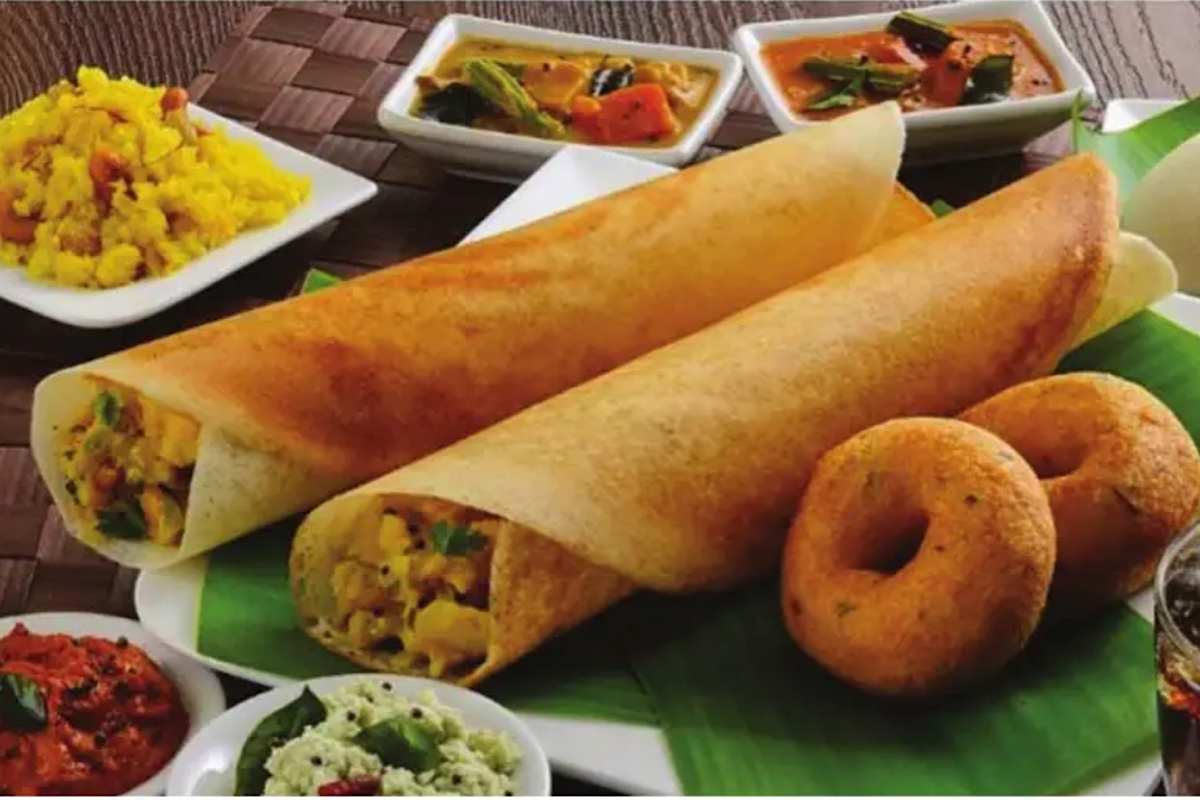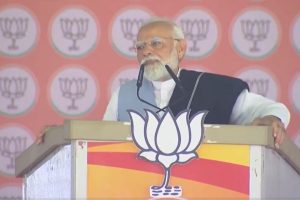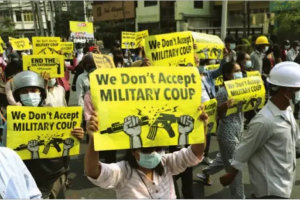In a recent pre-wedding party at Jamnagar, unexpectedly enough, ‘idli-vada-sambar’ suddenly became the spiciest dish of the night, when the Hindi film actor Shah Rukh Khan used these popular south Indian dishes as metaphor for referring to one of his southern counterparts, Ram Charan. It has raked up some serious controversies across the country about the cultural as well as psychological ramifications of such unwarranted metaphors used most casually for people coming from those communities, religions or regions that are not part of the mainstream galaxy. The practice of using stereotypes for referring to specific people or communities involves a kind of cultural politics that is normally unintelligible unless understood vis-à-vis the larger politics of cultural hegemony and the resultant psychological segregation.
The most intriguing part of such practices lies in the fact that even the best speakers sometimes fail to realise the deeper cultural implications of their own words. Therefore, it becomes really hard to make them understand that some of their words of wit or of endearment contain serious casteist, racist and even fundamentalist elements that can play havoc on the process of an individual’s self-actualisation. However, unfortunately, these linguistic stereotypes gain social legitimacy when they are used repeatedly over a certain period of time, without being contested even mildly. An effective way of resisting such a social menace would be to first understand the politics of hate mongering through cultural/racial stereotyping and then counter such unholy practices through mass awakening. Mr. Khan’s latest off-screen romance with the southern tongue may remind one of what he did once on screen in one of his popular films, Chennai Express, in which he played a typical metropolitan, smart, flamboyant Hindi-speaking lad who somehow accidentally enters the southern part of the country and gradually spreads his heroic charm among the ‘gullible’ and ‘instinctive’ people of the South.
In the film, the physical duel between the Hindi-speaking hero and his Tamil-speaking rival does not remain confined within the shades of physicality; rather, it gradually assumes the form of a cultural duel, whereby the daring duo become somehow cultural symbols that strife against each other to establish one’s all-round superiority over the other. What is most objectionable in this episode of a metonymic battle is the representation of woman as a gendered medal to be won by the triumphant ‘knight’, and there is no prize for guessing which of the two knights emerges victorious at the end.
Thus, after the farcical enactment of a series of culturally stereotyped episodes, starting from the beginning where the four kidnapper-cousins of the heroine are presented as four pathetically ugly-looking south Indian monsters, the film ends on a traditional happy note whereby the superior, Hindispeaking hero wins the heroinemedal by knocking his inferior, Tamil-speaking southern rival out of the ring. Here, culture bashing has been cunningly closeted by the humour-blanket. Humour in these cases is mostly used as a tool to dilute people’s attention from the issues of stereotyping and cultural hate mongering.
This is more prominent in some of the funniest popular ads involving south Indian characters. One such popular ad to remember in this context is the Center Fresh ad, with the subtitle ‘kaisi jeebh laplapayee’, in which a few south Indian men have been presented in a quite expected manner. In the ad, the south Indian employer who is also the interviewer of these men, possibly for a waiter’s job at his south Indian restaurant, is portrayed as a (stereo)typically overreactive, almost hysterical clodpoll, who frantically jumps onto the lap of one of those men whom he finds most suitable for the stated job. From attire to attitude, from looks to language ~ signs of cultural caricaturing are quite visible in every part of it.
The socalled humour can hardly justify, or veil, such useless and obnoxious acts of stereotyping. However, south Indians are not the sole community in India who find themselves at the butt end of culturally demeaning and racially segregating jokes. The people of the northeast also get culturally stereotyped by the so-called mainland India and its people. Unfortunately, it has become a normal practice in these places to address these people, especially their women, as momo or chilli chicken. The sexual innuendo is quite explicit in these boorish metaphors. Unfortunately, many people find this savagery funny. In fact, this uncivilised and insensitive attitude of people towards this grave issue remains largely at the core of many of those incidents of physical and sexual assault on a number of north-eastern girls in the big cities of the country in the last few years.
Having said all this, it is also to be mentioned here that thousands of people from these cities and other places have, time and again, raised their voice in protest against these social evils. But the main problem lies in the fact that this grossly racist and misogynistic attitude towards culturally ‘different’ and ‘inferior’ communities attains socio-cultural acceptability among people when it is repeatedly glorified in the various mediums of popular culture, especially in commercial ads and popular films. They strategically belittle the possibilities of disastrous and damaging impact of such highly irresponsible projections and presentations in society, particularly among young minds.
As hinted earlier, the most debilitating part of these stereotyped portrayals is they negatively impact the overall cognitive process of children, especially of those belonging to the so-called inferior communities. On a larger scale, they may equally complicate the process of their individuation too, which has greater social as well as cultural implications. Thus, these slurs, sometimes clad in humour, must not be tolerated by anyone at any cost. Also, public figures, like Mr. Khan, must find better terminology and expressions to address their colleagues and peers. They must realise, ‘bade bade deshon mein, aisi chhoti chhoti batein’ nahi hone chahiye.
(The writer teaches Literature and Culture at Rabindra Bharati University, Kolkata. He can be reached at dd@rbu.ac.in)











